Volkan Diyaroglu - GUERNICA EVERY DAY
20.01-12.03.2023
Kurator: Bartosz Nowak
English version below
Zapiski na temat wystawy Volkana Diyaroğlu "GUERNICA EVERY DAY "
Jesteśmy nieustannie bombardowani, w każdym znaczeniu tego słowa: pociskami, opresją, przemocą, cenzurą, opiniami, przekazami wizualnymi... Jest to spuścizna XX wieku, który nadał charakter obecnemu tysiącleciu. Rany zadane światu przez tragiczną historię XX wieku mają swoją reprezentację w sztuce. Jednym z najbardziej znanych przykładów jest "Guernica" Picassa. Podobnie Volkan Diyaroğlu używa swojej artystycznej ekspresji, aby przedstawić nam problemy XXI wieku. Jak ujął to Vassily Kandinsky w zdaniu otwierającym książkę "O duchowości w sztuce", "Każde dzieło sztuki jest dzieckiem swojego wieku i w wielu przypadkach matką naszych emocji".
Historia sztuki może być postrzegana jako historia przekraczania barier. W pierwszej połowie XX wieku awangardowe ruchy artystyczne stawiały ważne pytania dotyczące modernizmu oraz społecznych, politycznych i kulturowych przemian tego okresu. Artyści zmagali się ze swoimi umysłami i ciałami, dręczeni egzystencjalnymi dylematami. W pewnym momencie na przełomie lat 60. i 70. antymodernistyczni i radykalni neoawangardowi artyści stali się architektami postmodernistycznej zmiany. Volkan Diyaroğlu umieszcza swoją wystawę w tym politycznym i estetycznym kontekście.
Prace Diyaroğlu mają zmienną i rozwijającą się stopniowo narrację. Na przykład oglądając "Portret Miltona Friedmana" i "Portret Adama Smitha" w kontekście wideo i instalacji "Apocalyptic Kebab", przychodzi na myśl słynne zdanie Friedmana „Nie ma czegoś takiego jak darmowy obiad”. Z drugiej strony, przeciwną interpretację tez tych ekonomistów widać w pracach "War Selfie" i "Walduś nie jest terrorystą". Każda praca artysty reprezentuje własne postrzeganie czasu i prowokuje widza do przemyśleń podczas percepcji wystawy.
Obrazy Volkana odtwarzają obecny stan świata zarówno jako przestrzeń obiektywną, jak i subiektywną. Artysta tworzy rodzaj globalnej etnografii w mikroskali. Możemy ją określić jako psychogeograficzną reprezentację, w której widz wchodzi w osobistą przestrzeń autora i porusza się pomiędzy geograficznymi, miejskimi i socjologicznymi aspektami jego doświadczeń. Diyaroglu dystansuje się od narracji zyskującej popularność w "ultra-rozwiniętym" świecie, w której sztuka postrzegana jest jako własność, a także od korporacyjnej struktury sztuki współczesnej. Pokazuje nam inny zestaw wartości, nie tylko jako asortyment dzieł postrzeganych jako kolekcjonerskie.
Coraz większe kapitalistyczne utowarowienie jest wszechobecne w naszym codziennym życiu. Jednocześnie jesteśmy narażeni na jego rozprzestrzenianie się i próbujemy z nim walczyć. Sztuka pełni istotną rolę, która polega na pokazywaniu tego procesu. W czasie kiedy system społeczno-ekonomiczny zawładnął każdą dziedziną życia, jednym z priorytetów artystów jest zwrócenie uwagi na takie aspekty życia jak zabawa, miłość, odpoczynek i marzenia.
Twórczość nie może być definiowana przez to, co z jednej strony piękne, a z drugiej jedynie funkcjonalne. Idea, że to, co piękne, podlega określonym regułom, sprawia, że w dzisiejszej sztuce jesteśmy świadkami produkcji opartej bardziej na reprezentacji niż na ekspresji. W efekcie nawet jakość sztuki stała się częścią kapitalistycznej struktury społecznej, podobnie jak ilościowy proces produkcji. W tym kontekście "Everyday Guernica" proponuje wolną i imaginacyjną trajektorię otwartą na wszystkie aspekty życia, bez wpadania w pułapkę, ani klasy rządzącej, ani pragnień produkcji kultury popularnej. Pozostawanie na tej drodze zdefiniowanej jako polifoniczna sieć możliwości, jednocześnie pluralistyczna i obejmująca wszystkie rodzaje "innych", bez wątpienia doda znaczenia naszemu życiu.
Fırat Arapoğlu
Volkan Diyaroglu urodził się w Stambule w 1982 roku. Po studiach na Wydziale Sztuk Pięknych Mimara Sinana w Stambule ukończył edukację na Facultad de Bellas Artes de San Carlos - Universidad Politécnica de Valencia, Hiszpania. Prace artysty, który będzie miał w MOS w Gorzowie 23-cią indywidualną wystawę w swojej karierze, były prezentowane między innymi w Muzeum Principe Felipe w ramach 6 edycji Festiwalu Observatori w 2005 obok takich artystów jak Gordon Matta-Clark, Paul McCarthy, Gary Hill i Dennis Oppenheim. Jego prace znalazły się w projekcie „Desafios” w Obywatelskim Centrum Sztuki Kanazawa w Japonii w 2006. W 2007 roku był częścią przedsięwzięcia pt. „Hospitalités” realizowanego przez najważniejsze muzea i instytucje sztuki współczesnej regionu Île-de-France, ze swoją indywidualną wystawą „Décalages” w Abbaye de Maubuisson w Paryżu. Po zdobyciu stypendium Paris Cité Internationale des Arts w 2008 roku, Diyaroğlu otrzymał pierwszą nagrodę na XXXV Premio Bancaja de Pintura, Escultura y Arte Digital. W 2009 roku artysta reprezentował Turcję w projekcie „Sezon turecki” we Francji indywidualną wystawą „Looking for the Heavens” oraz brał udział w targach sztuki Al Bastakiya w Dubaju z galerią Saatchi oraz 15. Biennale Cerveira w Portugalii. W tym samym roku jego obrazy zostały włączone do kolekcji Narodowego Muzeum George'a Enescu w Bukareszcie w Rumunii. Prace artysty zostały wystawione w Museum IVAM w Walencji w 2013 roku. W 2015 roku, w ramach projektu „Low Cost Diplomatic Suitcase”, prace artysty zostały zaprezentowane m.in w Melbourne Immigration Museum (Australia), New York Cervantes Institute (USA), L'Accademia Spagnola di Roma (Włochy) i CCE Santiago (Chile). Brał udział w wystawach indywidualnych i zbiorowych we Francji, Niemczech, Belgii, Singapurze, Włoszech, Portugalii i wielu innych krajach. W 2021 r. została wydana w Turcji 6- tomowa książka monograficzna obejmująca prace artysty wykonane w latach 2002-2018, pod redakcją eksperta teorii sztuki i historyka sztuki Altana A. Marcellego, oraz zawierająca teksty Mehmeta Ergüvena, Nilo Casaresa i Denisa Maksimova.
Prace artysty znajdują się w ważnych kolekcjach a w prasie w kraju i za granicą ukazały się na jego temat liczne publikacje. Kontynuuje międzynarodową karierę, a jednocześnie od 2020 mieszka i pracuje w Gorzowie Wielkopolskim.
_______
Opening: 20.01.2023, 18:00
Notes on Volkan Diyaroğlu's "Guernica Every day " Exhibition
We are living under constant bombardment in every sense of the word: Missiles, oppression, violence, censorship, opinions, visual messages… This seems to be a legacy of the 20th century that also gave character to the present millennium. The wounds inflicted by the 20th century tragic history have their representation in art, Picasso’s “Guernica” being one of the most famous examples. Similarly, Volkan Diyaroğlu uses his artistic expression to present us with the torments of the 21st century. As Wassily Kandinsky puts it in the opening sentence of his book "On Spirituality in Art", "Every work of art is the child of its age and in many cases, the mother of our emotions".
Art history can be seen as the history of crossing lines. In the first half of the 20th century, Aesthetic Modernist Movements and Avant-garde Art Movements raised important questions about modernism and the social, political, and cultural developments of the period, sometimes in parallel, sometimes in opposition to each other. The artists struggled with their minds and bodies, tormented by existential dilemmas. At some point in the late 1960s and early 1970s, the anti-modern and combative neo-avant-garde artists became the architects of the postmodern process. Volkan Diyaroğlu places his exhibition in this political and aesthetic context.
The works of Diyaroğlu have a perspective that changes and develops gradually. For example, when watching "Portrait of Milton Friedman" and "Portrait of Adam Smith" in the context of the video and installation of "Apocalyptic Kebab," Friedman's famous phrase "There is no such thing as a Free Lunch" comes to mind. On the other hand, the opposite results of these economists' theses can be seen in the works of "War Selfie" and "Waldus Is Not a Terrorist" at the point where international relations are broken. Thus, each piece creates a drift representing its own perception of time and builds an experience for the spectator in the exhibition space.
The exhibition recreates the current state of the world both as an objective and subjective space. In other words, a kind of global ethnography in microscale has been established by the artist. We can define it as a psychogeographic representation in which the viewer enters the personal space of the author, moves between the geographical, urban and sociological aspects of his experience. Diyaroglu distances himself from a narrative gaining popularity in the “ultra-developed” world, in which art is seen as property, as well as the corporate structure of contemporary art. He shows us a different set of values, not simply as an assortment of pieces perceived as collector items.
The ever-increasing capitalist commodification is pervasive in our daily life, we are simultaneously exposed to this proliferation and trying to fight it. Art has an important role in giving visibility to these phenomena. In this context, where this socio-economic system captured every area of life, it is undoubtedly the artist's priority to recap moments of amusement, love, rest, fun, and daydreaming.
Creativity cannot be defined by what is beautiful on the one hand or merely functional on the other. The idea that the beautiful is subject to specific rules causes us to witness a production based on representation rather than expression in today's art. As a result, even the quality of art has become a part of the capitalist social structure, like the quantitative production process. In this context, "Everyday Guernica" proposes a free and imaginative trajectory open to all life without falling into the trap of either the ruling class or the desires of popular culture production. Staying on that path, which can be defined as a network of possibilities that is polyphonic, pluralistic, and embracing all kinds of “others”, will undoubtedly add meaning to our lives.
Fırat Arapoğlu*
* Asst.Prof.Dr. (Art Historian, Altınbaş University), Curator and Art Critic.
Volkan Diyaroglu was born in Istanbul in 1982. After studying at the Mimar Sinan Faculty of Fine Arts in Istanbul, he completed his education at the Facultad de Bellas Artes de San Carlos - Universidad Politécnica de Valencia, Spain. The works of the artist, who will hold his 23rd solo exhibition at MOS in Gorzów, were presented, among others, at the Principe Felipe Museum as part of the 6th edition of the Observatori Festival in 2005 alongside artists such as Gordon Matta-Clark, Paul McCarthy, Gary Hill and Dennis Oppenheim. His work was included in the "Desafios" project at the Kanazawa Civic Art Centre in Japan in 2006. In 2007, he was part of the project entitled. "Hospitalités" realised by the most important museums and contemporary art institutions of the Île-de-France region, with his solo exhibition "Décalages" at the Abbaye de Maubuisson in Paris. After winning the Paris Cité Internationale des Arts scholarship in 2008, Diyaroğlu was awarded first prize at the XXXV Premio Bancaja de Pintura, Escultura y Arte Digital. In 2009, the artist represented Turkey in the Turkish Season project in France with his individual exhibition Looking for the Heavens and participated in the Al Bastakiya art fair in Dubai with Saatchi Gallery and the 15th Biennale Cerveira in Portugal. In the same year, his paintings were included in the collection of the George Enescu National Museum in Bucharest, Romania. The artist's work was exhibited at Museum IVAM in Valencia in 2013. In 2015, as part of the Low Cost Diplomatic Suitcase project, the artist's works were exhibited at the Melbourne Immigration Museum (Australia), the New York Cervantes Institute (USA), L'Accademia Spagnola di Roma (Italy) and CCE Santiago (Chile), among others. He has participated in solo and group exhibitions in France, Germany, Belgium, Singapore, Italy, Portugal and many other countries. In 2021, a 6-volume monographic book covering the artist's works made between 2002 and 2018, edited by art theory expert and art historian Altan A. Marcelli, and including texts by Mehmet Ergüven, Nilo Casares and Denis Maksimov, was published in Turkey.
The artist's works are in important collections and numerous publications have been published about him in the press at home and abroad. He continues his international career, while at the same time living and working in Gorzów Wielkopolski since 2020.
Curated by: Bartosz Nowak
20.01-12.03.2023
od lewej: WALDUŚ NIE JEST TERRORYSTĄ (2021), CZASOWNIKI W TRZECIEJ OSOBIE W CZASIE TERAŹNIEJSZYM / WYSTĘPOWANIE (2020)
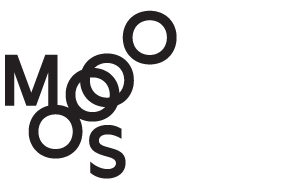



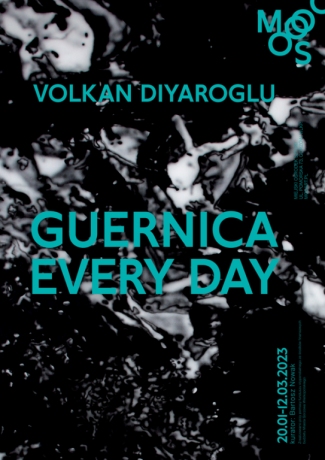
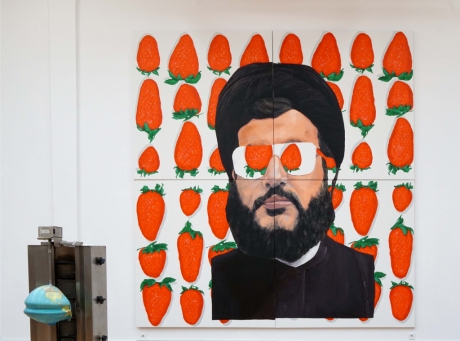
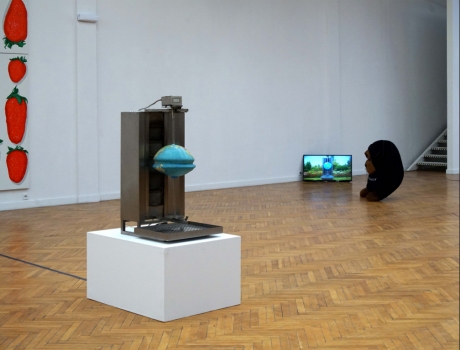
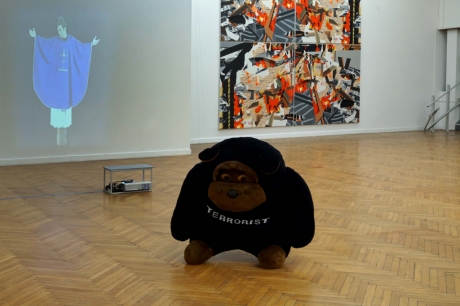
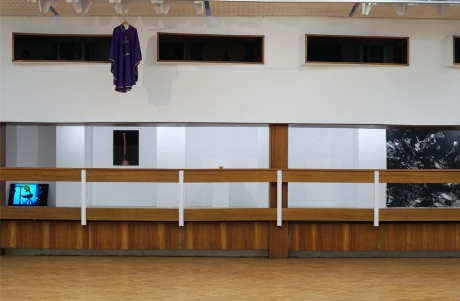
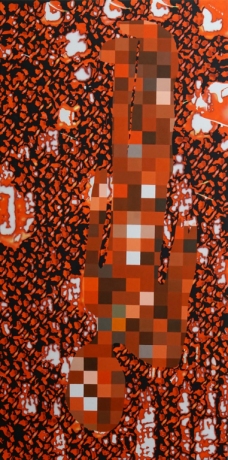
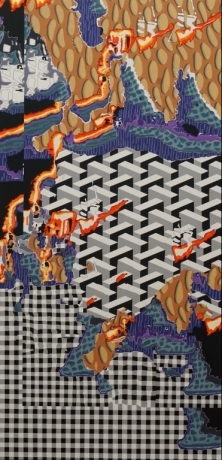
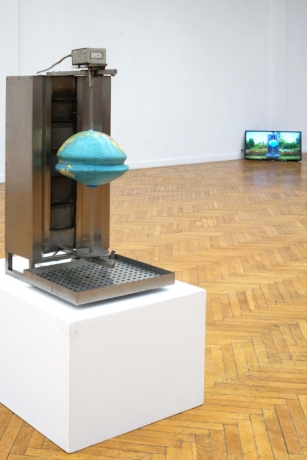

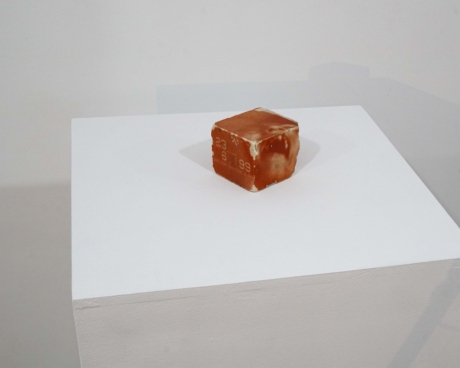
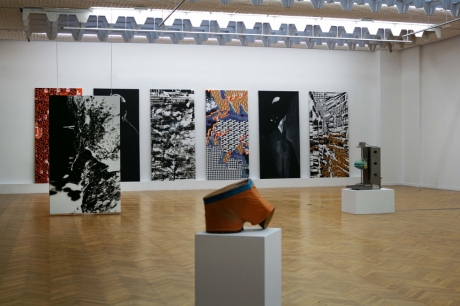
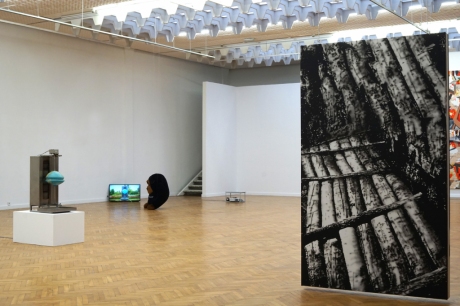
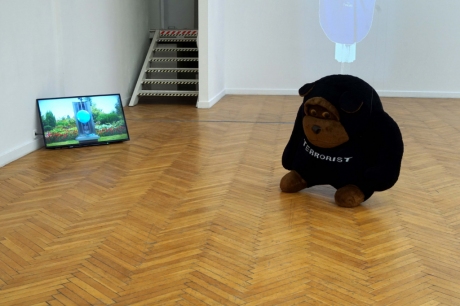
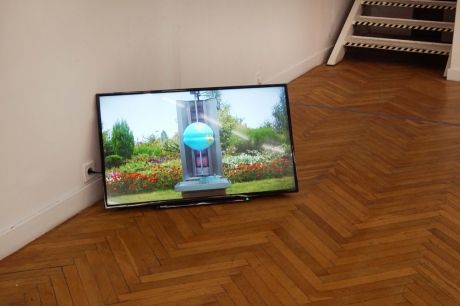
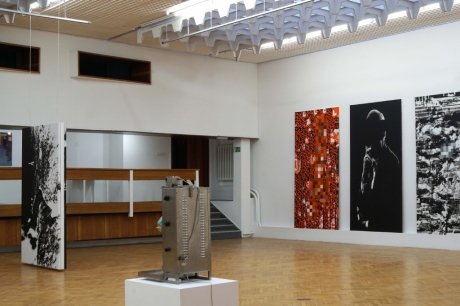
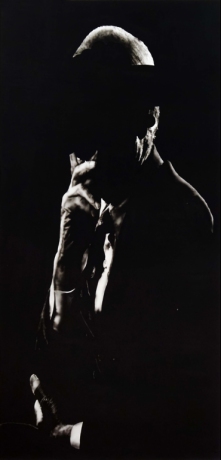
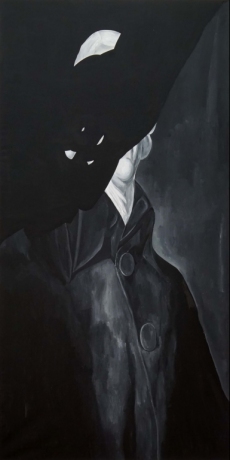

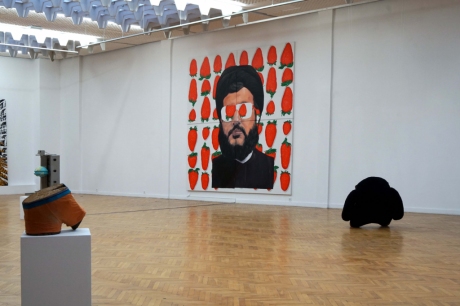
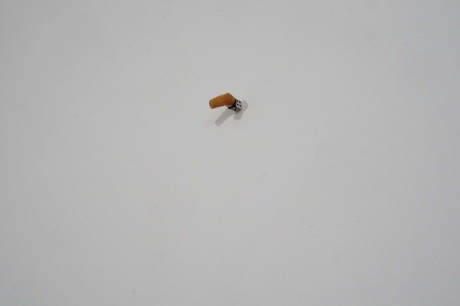
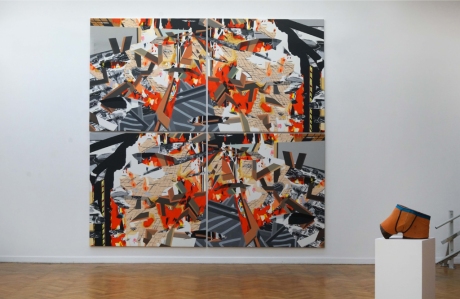
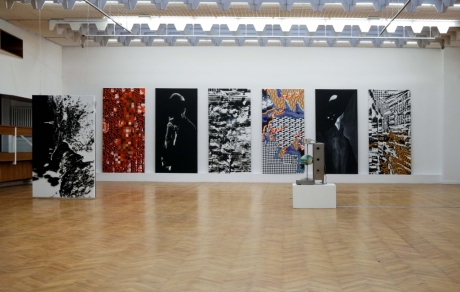
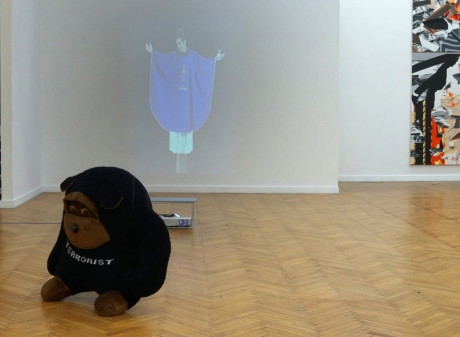
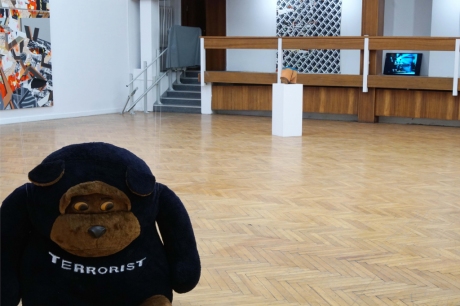

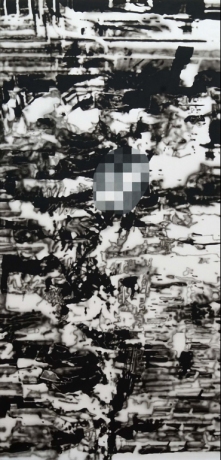
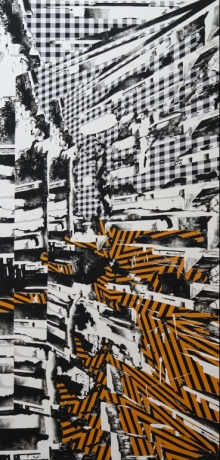

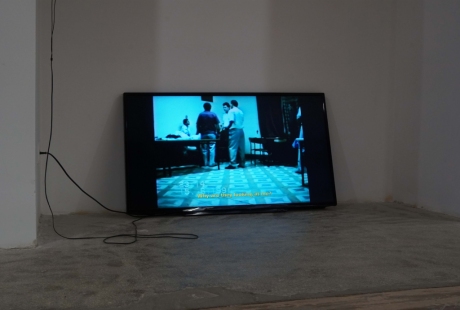
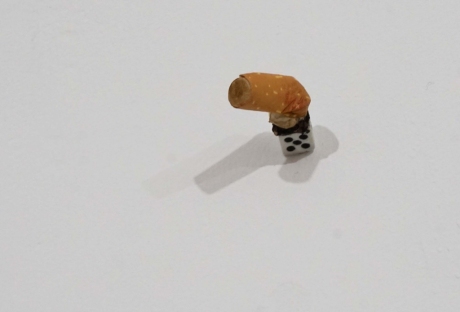



/fb_png.png)

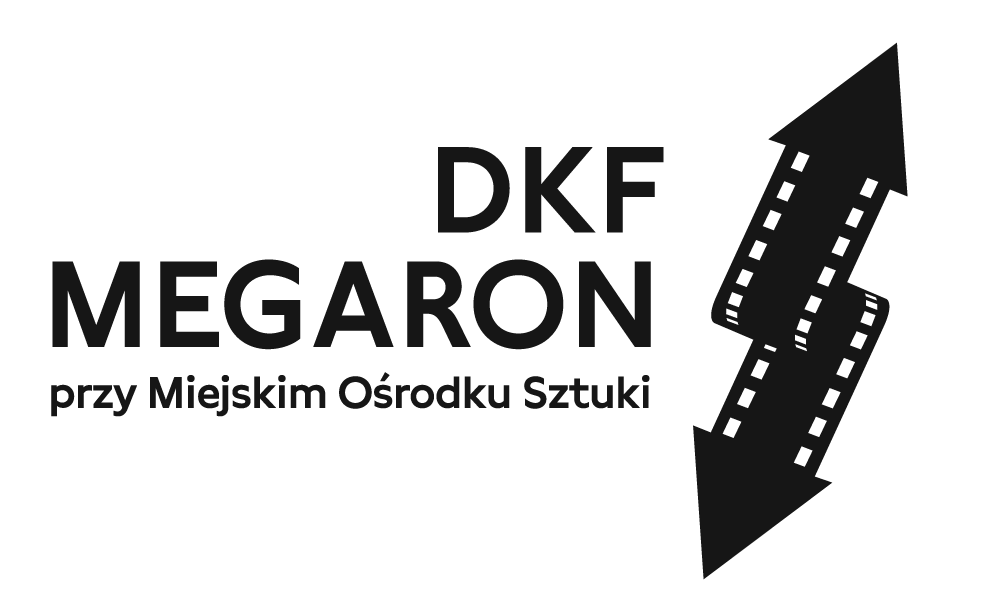
.png)
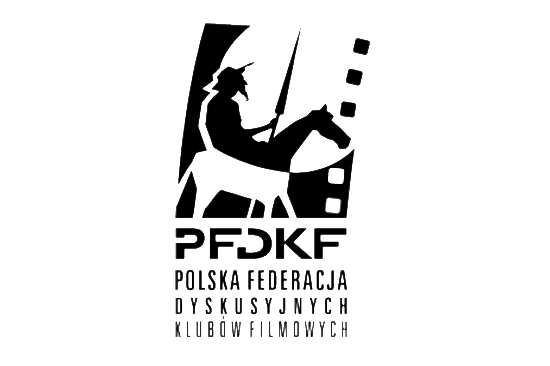
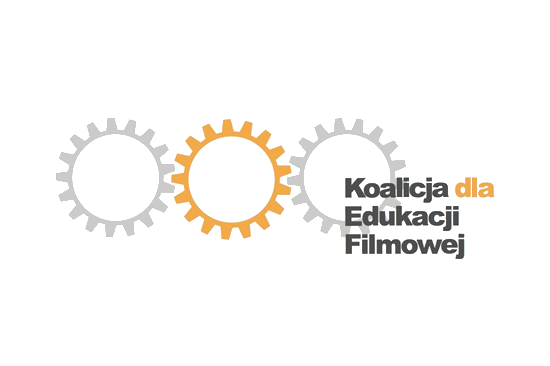

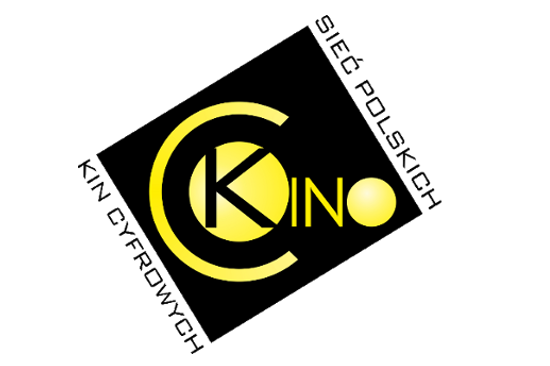

/karta_png(1).png)
.png)

.png)
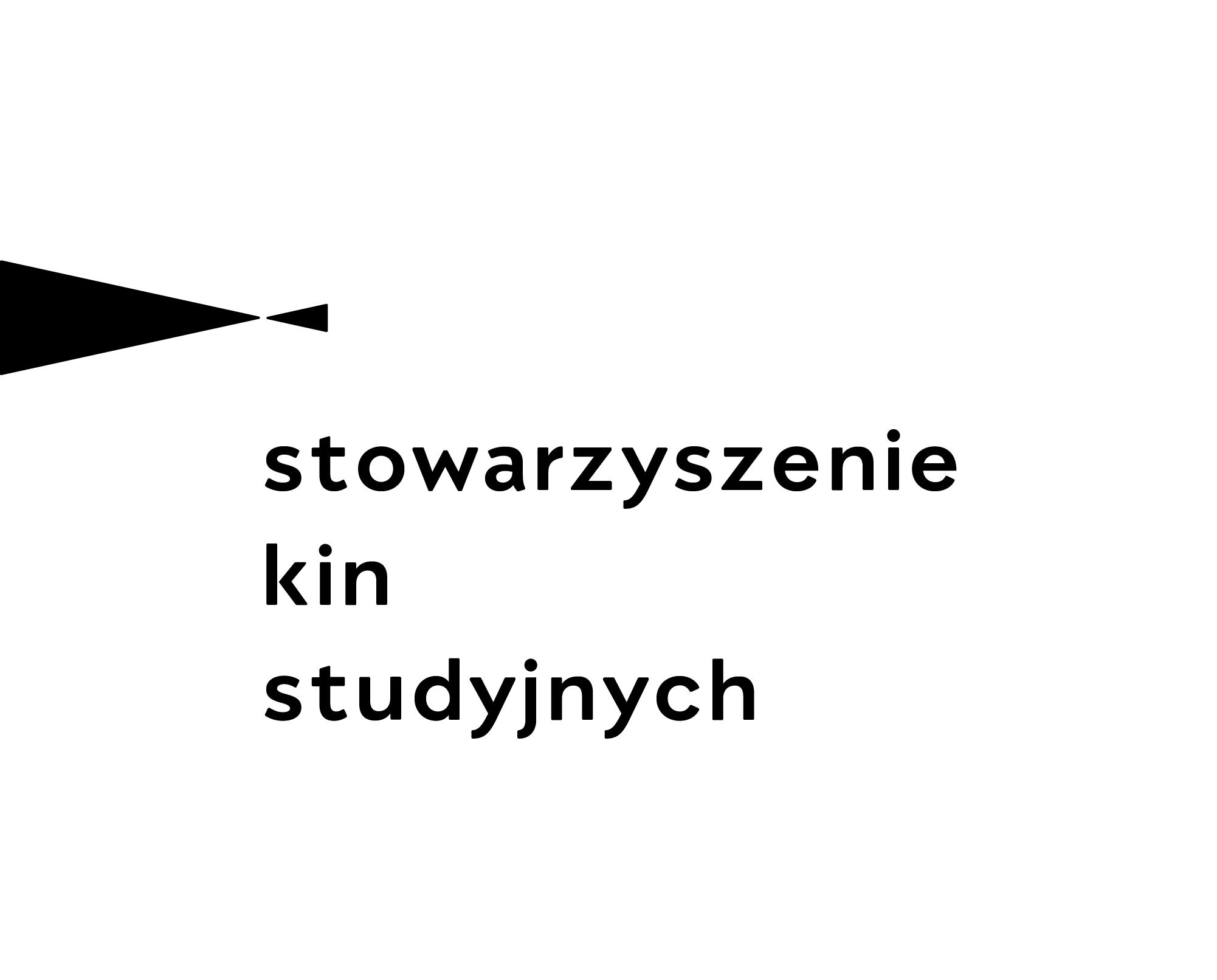
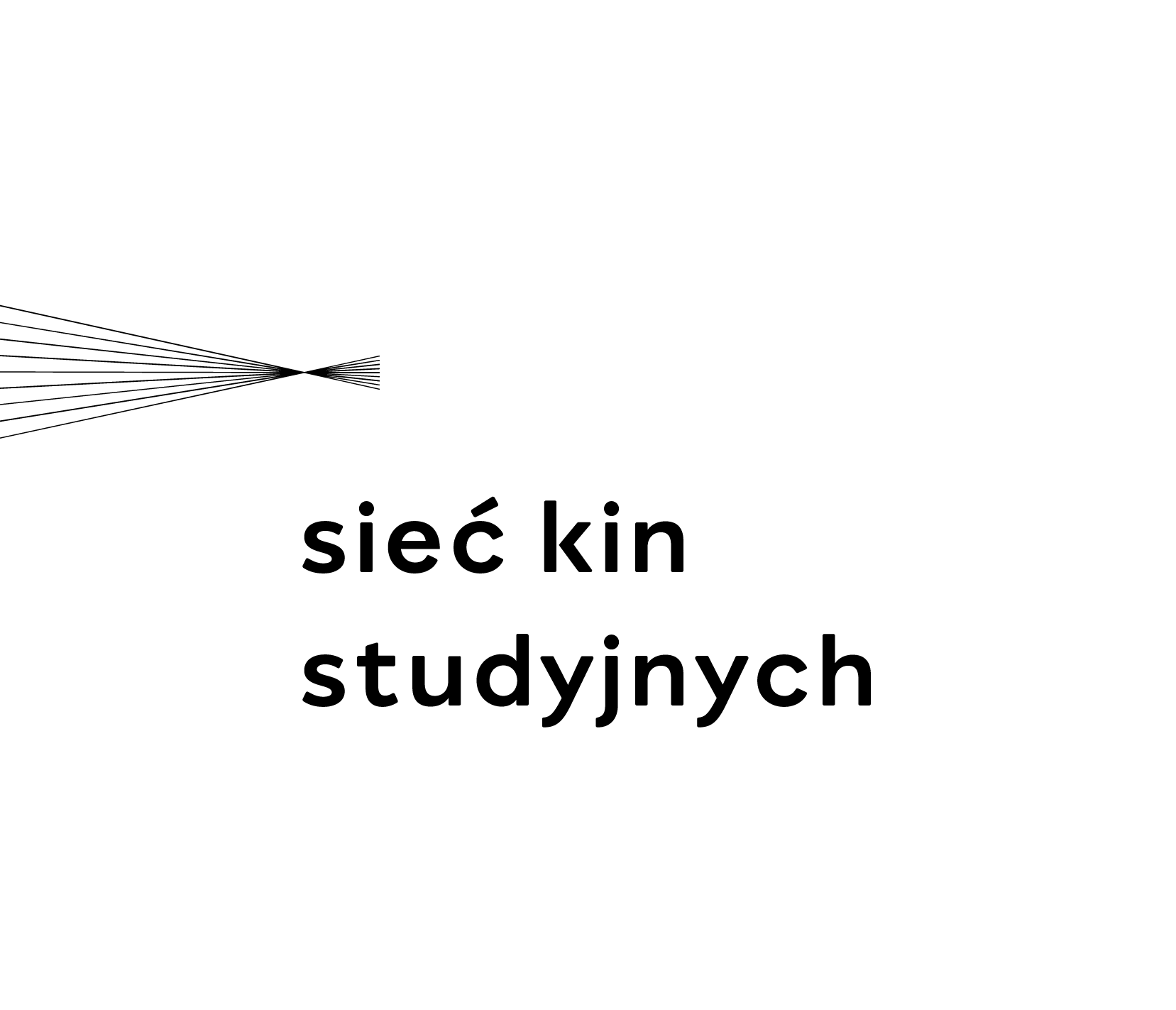
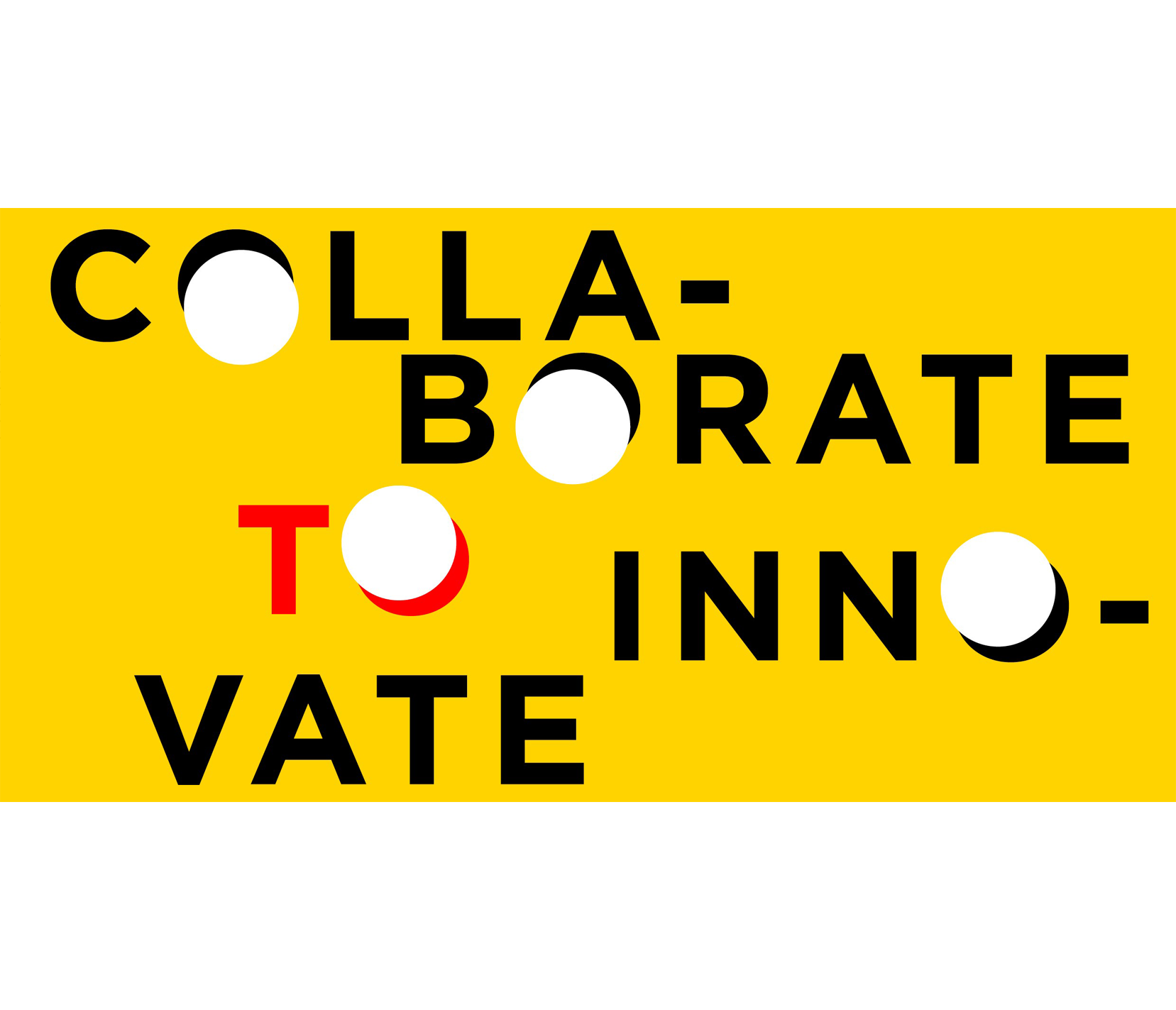
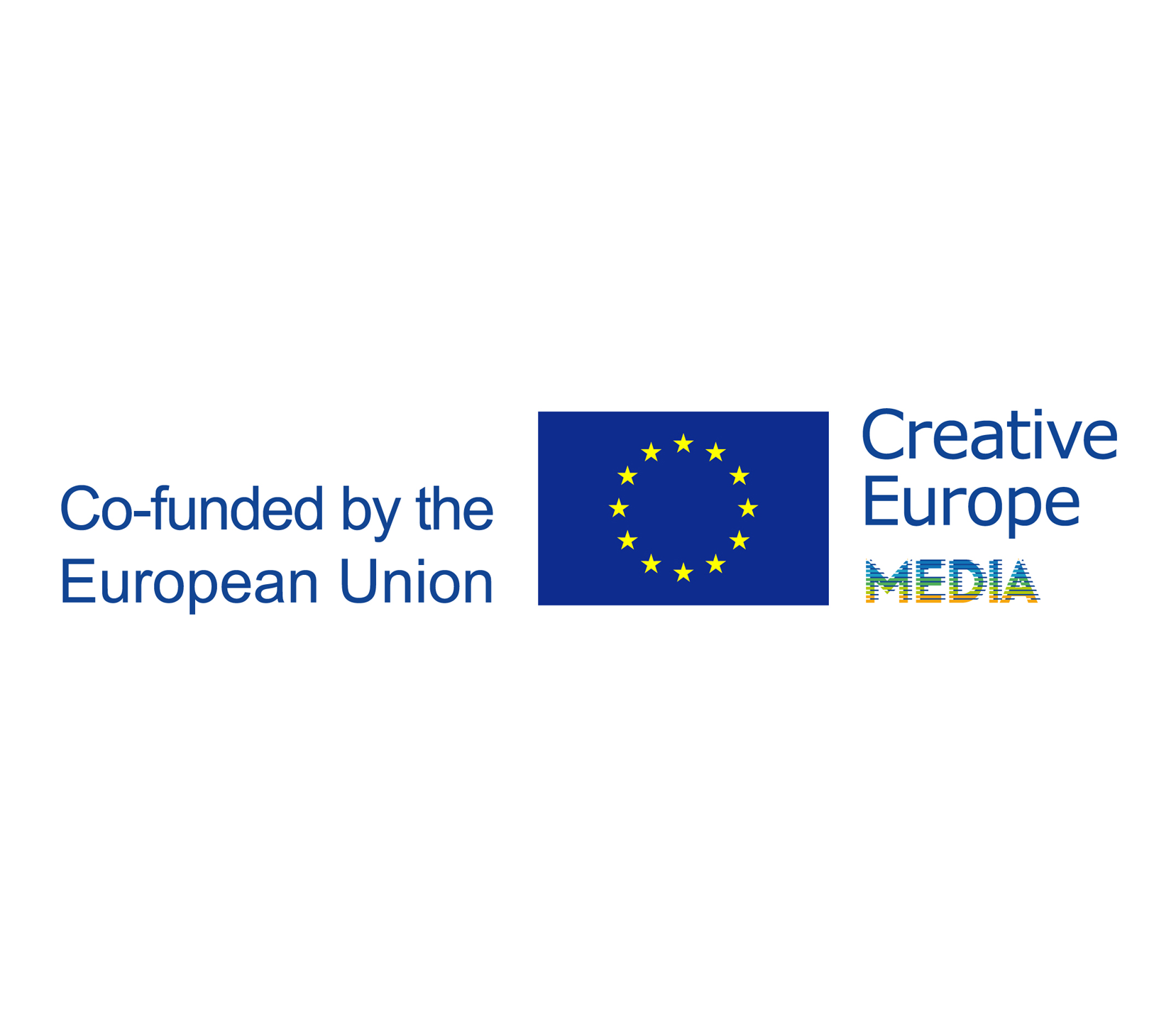
.png)